Whether in memory of Fritz Bauer or a call against the Vietnam War: The works of Tamara Grcic and Hannah Ryggen have a political strength in common. About polyphony and the intensity of artistic processes.
The Frankfurt artist Tamara Grcic is a sculptor, photographer, video and installation artist. Since 2014 she is Professor of Sculpture at the Kunsthochschule Mainz. In 2019 she participated as an artist in the Hannah Ryggen Triennale, an exhibition of the Nordenfjeldske Kunstindustrimuseet in Trondheim, which is held every three years and brings together contemporary positions and works by Hannah Ryggen.
Were you familiar with Ryggen’s pictorial tapestries before you traveled to Trondheim? What was your impression of them?
I had seen Hannah Ryggen’s works at dOCUMENTA (13) and back then was already taken by their power. I then engaged with her oeuvre and her life much more closely in Trondheim. I was fascinated by the intensity, the seclusion and the complete focus with which she worked on her tapestries with their political themes. The size of the tapestries really struck me; their density and special coloring, which is so replete with meaning. The balance between the abstract, the folkloristic, the figurative, and the decorative, too – I found it extremely interesting how she consistently brought it all together in different ways in her tapestries.
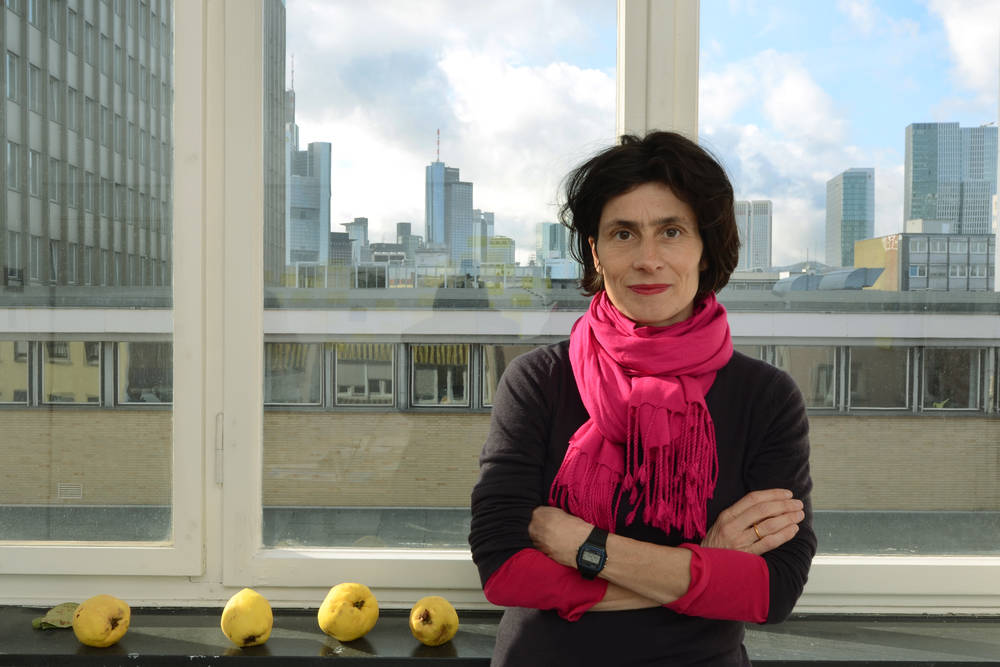
It is certainly impressive how Ryggen sometimes worked on the pieces she was emotionally caught up with for months at a time, and yet still managed to maintain the intensity over such a long period.
Intensity is something you need to keep building and creating as you work. Often the feeling changes over the course of a project, though, and can divert away from the original trigger for the piece. There’s something contemplative about weaving; you have to spend an astonishing amount of time at it, and things move forward in very small steps before you see a result. I think it’s amazing how Ryggen kept up her intensity over such long periods.
In her works, Hannah Ryggen repeatedly memorialized particular people who stood for values such as democracy, freedom and peace. Back in 2016, you created a monument in Frankfurt for Fritz Bauer, the Hessen Chief Public Prosecutor, who initiated the Frankfurt Auschwitz trials. He is undoubtedly the sort of figure Ryggen would have been interested in. How did you approach this task?
For me, it was the first time that I had created a monument to a person in a public space. I studied Fritz Bauer closely, trying to learn something about him from all possible sources and to capture something of his true essence. Then I set about translating what I had learned into a form that would work at this busy, bustling location – in front of the Higher Regional Court building. It was also important to me that the monument was open enough to also address topics of today and tomorrow as well, firmly in the spirit of Fritz Bauer of course.
You found a quote by him and presented it together with a special stone shaped as an iceberg – just like the metaphorical tip of the iceberg in the quote by Fritz Bauer: “Sie müssen wissen, es gibt einen Eisberg, und wir sehen einen kleinen Teil und den größeren sehen wir nicht.” (“You have to know there is an iceberg, and we see but a small part of it while the greater part we do not see.”).
I chose this quote because it was in line with what Fritz Bauer aspired to achieve – and also because it remains relevant and applicable to a lot that is happening now. At the same time, I was fascinated by Fritz Bauer’s astonishing belief in humanity. An almost archaic belief. I then came across the phenomenon of metamorphic rocks in geology. These are the rocks that have been formed by extreme heat and pressure in the Earth’s core. The origin and the development process played an important role in the choice of stone, and I believe there is a link here with the strength I discerned in Fritz Bauer.
You have to know there is an iceberg, and we see but a small part of it while the greater part we do not see.
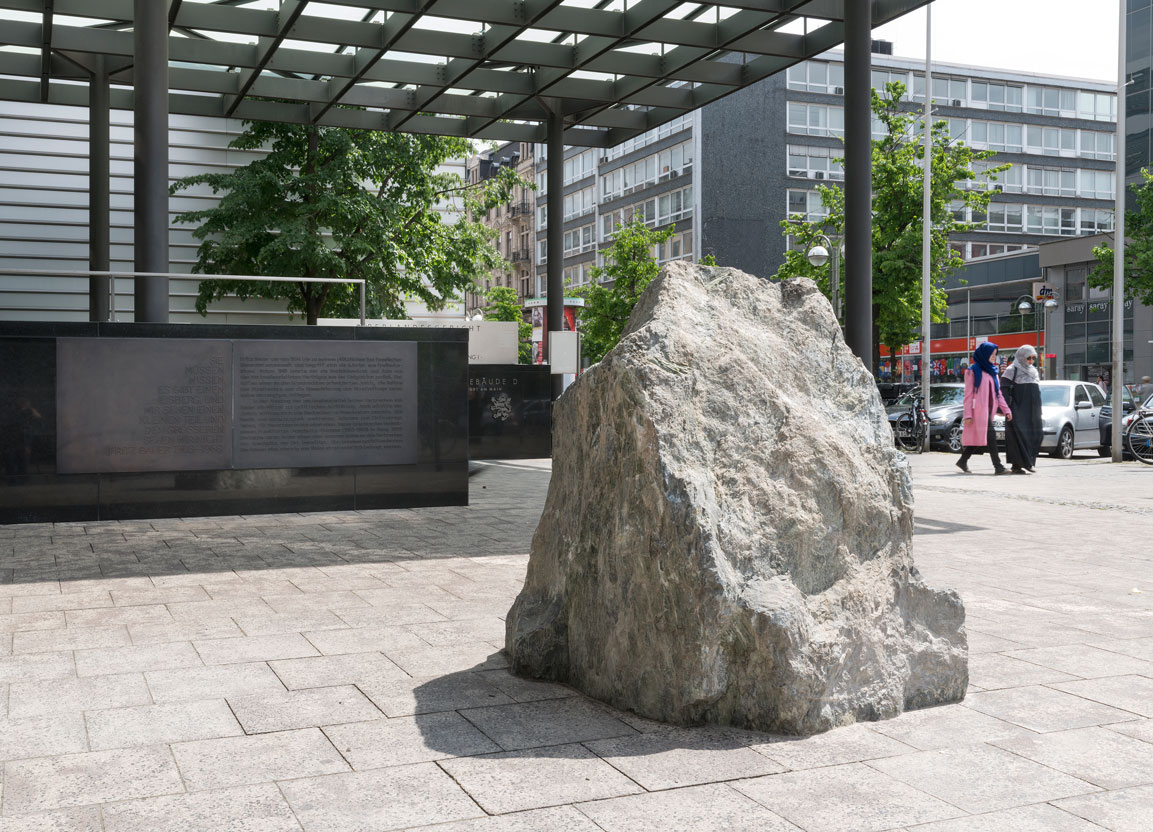
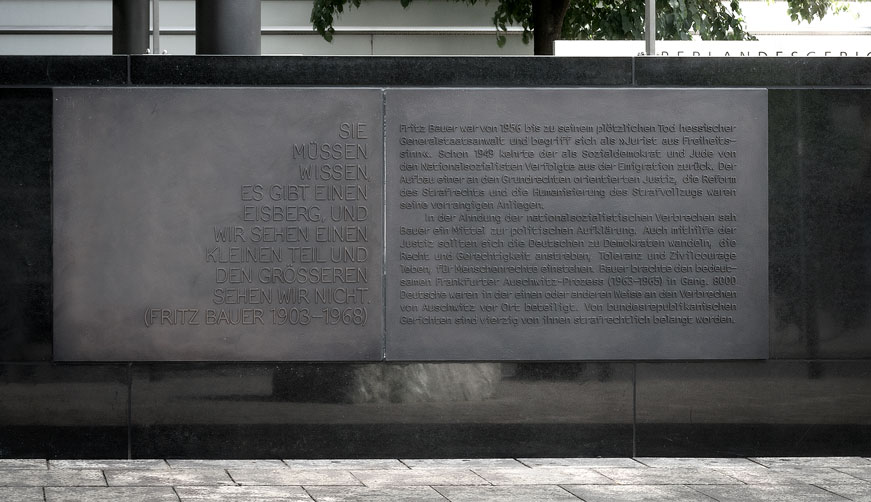
Ryggen sometimes placed great emphasis on very specific materials, too – goat’s wool yarn, for example, in the work “Liselotte Herrmann decapitated” (1938), or in “Blood in the Grass” (1966), where she made an exception and used artificial dyes in order to convey the violence and deployment of chemical weapons in the Vietnam War. There is thus this symbolic quality to the materials, which flows into the work.
Yes, it is important to imbue the materials with something that can prompt emotions, without the mind immediately understanding it. In “Liselotte Herrmann”, you immediately notice that the child’s blanket is made of a different, silvery material. Instilling meaning in this way is likewise important for my work. I have to be very precise in my selection and in the realization because I use a lot of far more everyday materials than Ryggen.
Can you tell us something about your work “Have you been here before?” from 2017? There, you brought together stories in multiple languages in a sound installation. In formal terms, this is a far cry from Ryggen’s preferred method, but in terms of the diversity of voices, there are also overlaps between you.
The starting point was the Opel Villas in Rüsselsheim, the former home of Fritz Opel. I was invited to exhibit using the entire venue. People from all over the world work at the Opel factories and the airport, the two major employers in the area. I think there are 113 nationalities just in the little town of Rüsselsheim. In music, there’s the concept of heterophony, which was something that interested me: the idea of multiple different voices. Everybody contributes their own voice and their own rhythm to a greater whole. I carried out interviews with people of various nationalities, who spoke to me in their native languages, describing a room, a house or a place where they felt at home. I edited this material to produce 13 compositions for the 13 different rooms of the Opel Villa, compositions that interact or oppose one another. The question “Have you been here before?” is heard repeatedly, at different pitches and in different languages. Are you a foreigner, or already a native? What exactly goes to make up this feeling?
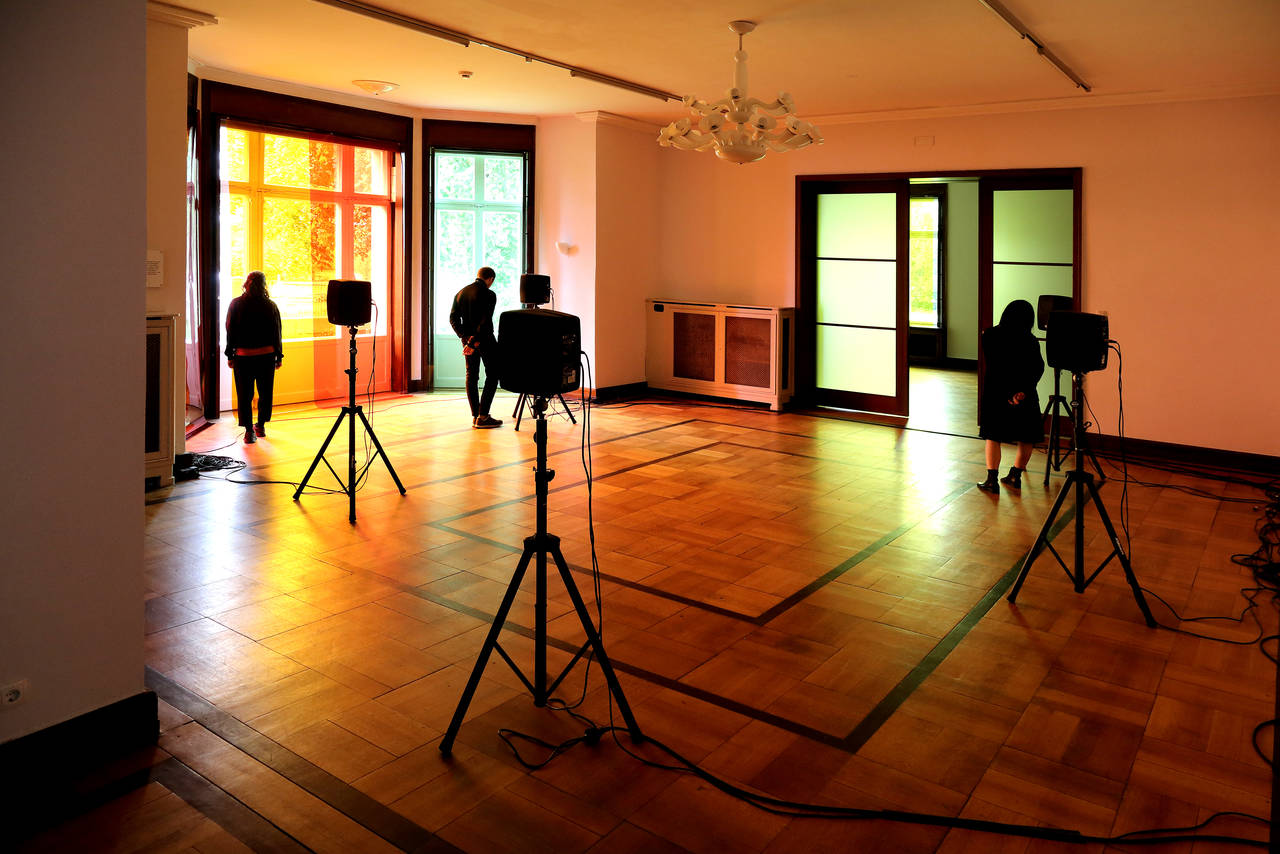
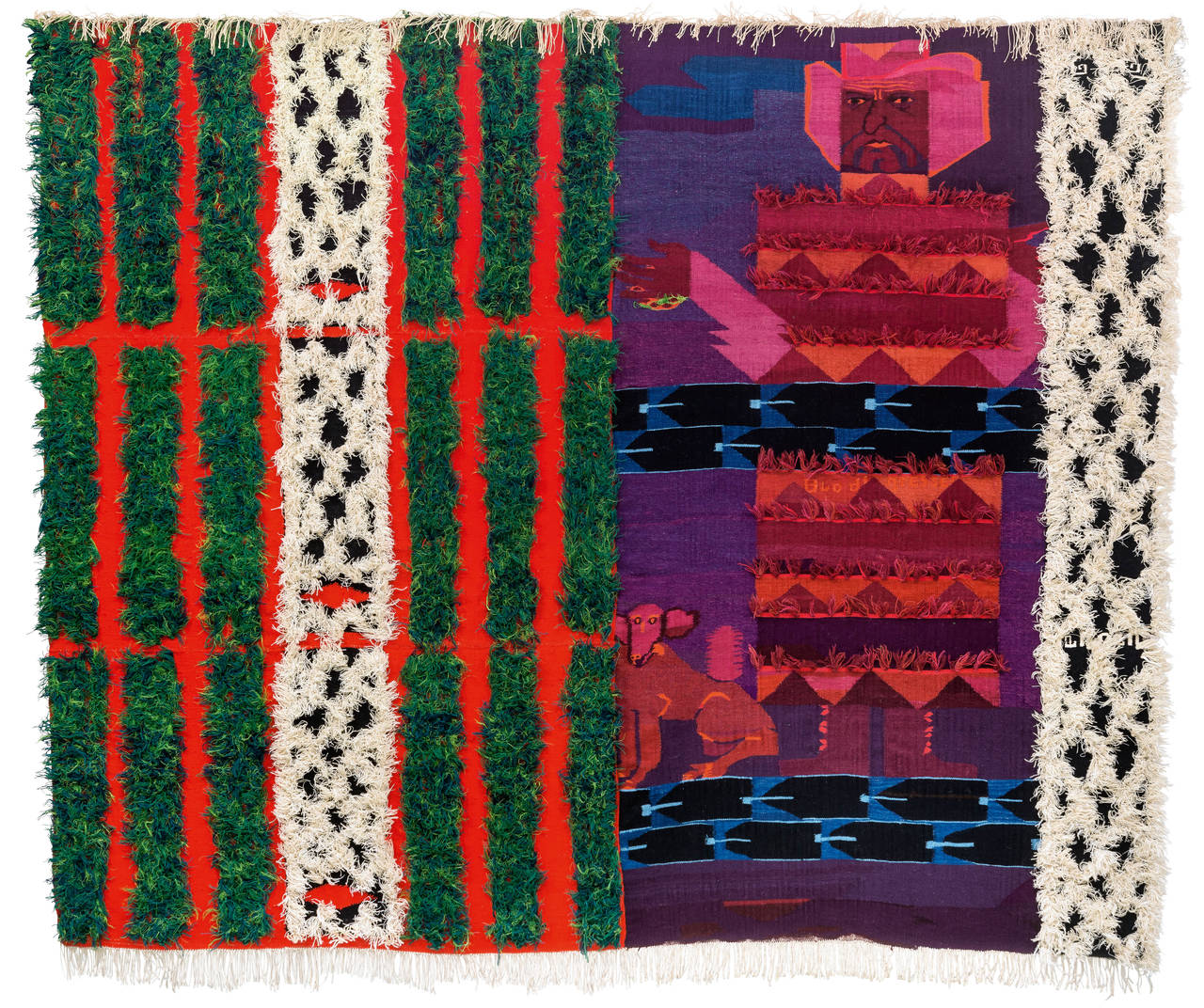
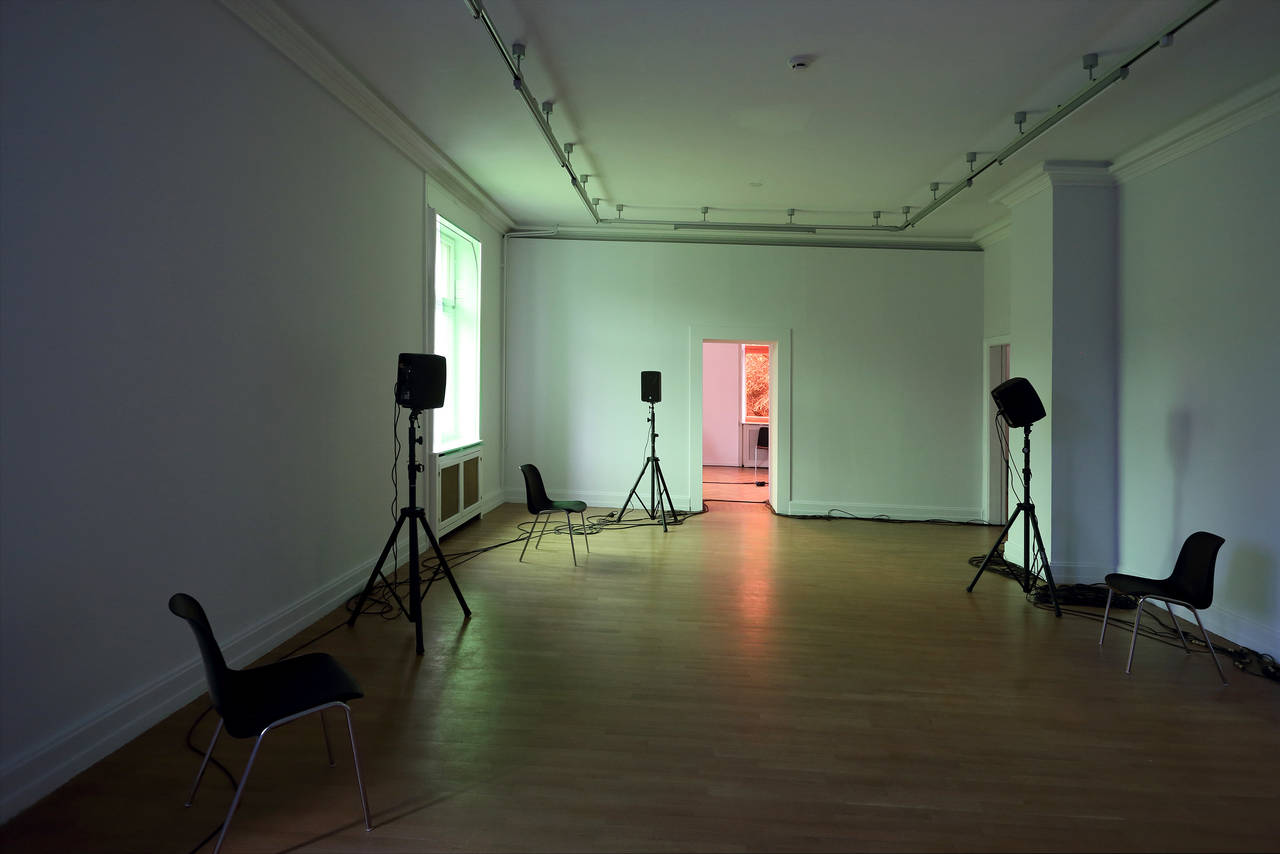
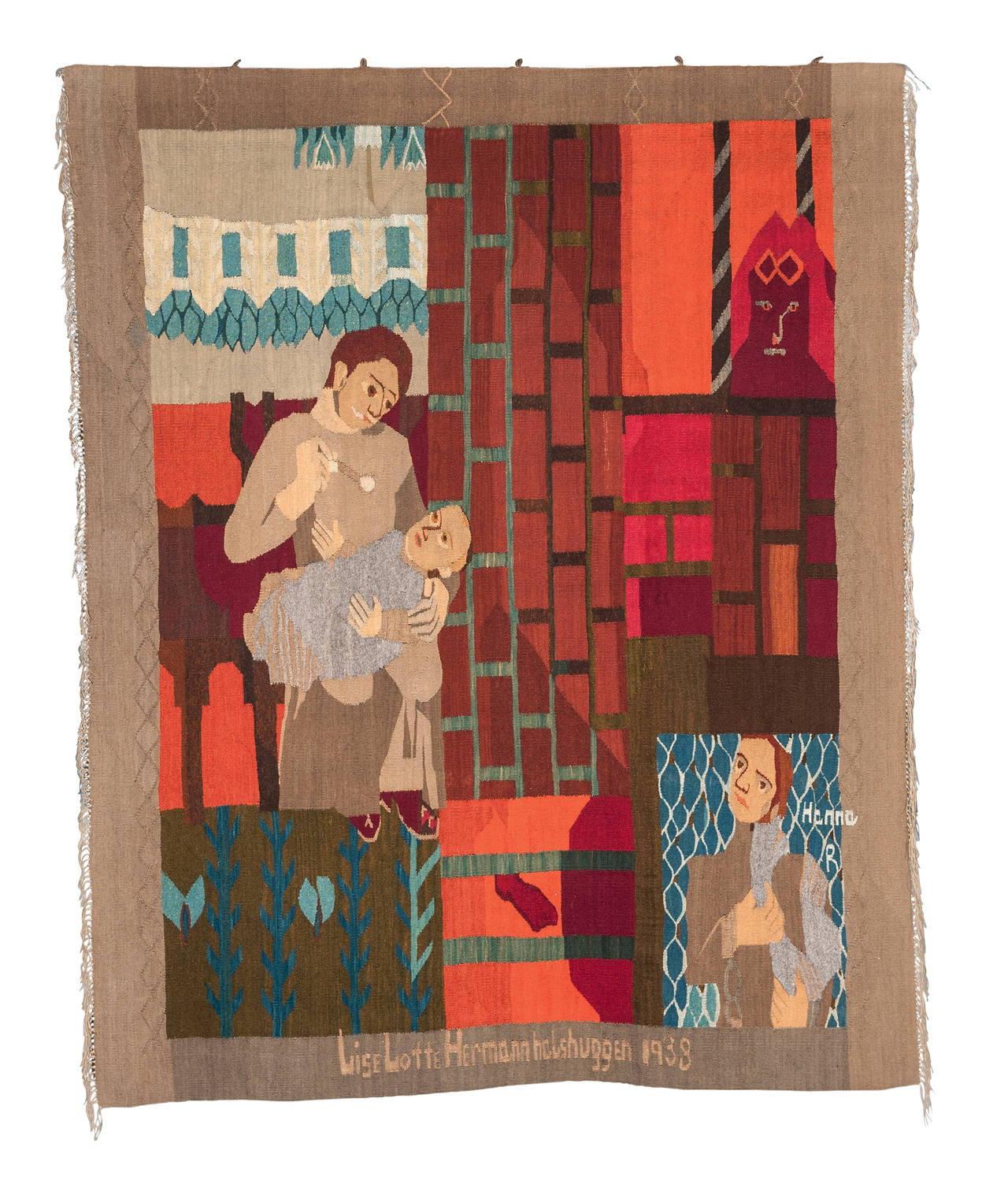
Hannah Ryggen was born in Sweden but spent the majority of her life in Norway. She spoke Norwegian herself but with lots of borrowings from Swedish. This was an unmistakable mix that exposed her roots in both countries.
That’s very interesting. Personally, in this work I was interested in the rhythm of the languages, the different qualities of the voices. On the one hand you can sense they are talking about something very personal, and on the other, the abstraction of the sound of the various languages. In the end, they were all combined with one another, creating this multivocal experience. Some of Ryggen’s tapestries feature lone faces, for example in “A Free One”, or “We Are Living on a Star”, in which there also appears to be multiplicity and a multitude of voices.
Ryggen led a life characterized by a very strong link to nature; she acquired her working materials from it and frequently emphasized their organic nature. She liked the notion, for instance, that her tapestries would fade over the decades. During the 1990s, you worked increasingly with natural materials, for example in an installation for the Portikus in Frankfurt. Indeed, it is primarily natural phenomena that arise time and again in your works – the routes of migratory birds, or most recently the motif of the river in “The River Flows” (2018).
In the early works involving natural materials, I was interested in time processes and making these visible through the maturing and rotting of fruits. “The River Flows” is different – that was many years later and closer to what I do now. I wanted to create a work about a river, to understand the very essence of the river. What sort of different flowing movements does the river have? How does it deal with resistance? What about the banks? What forces do the riverbanks possess and how is this manifested? First, as with most other works too, I read up a bit and consulted experts, such as scientists who study currents, who were able to tell me a great deal about the movement and activities of rivers. I then arranged this vocal material in such a way that the speech flowed in similar movements to the river – flowing through space, forming whirlpools, emerging and dispersing in a way that is almost unfathomable. At the same time, the voices explain the essence of the river. You can perhaps compare the arrangement of vocal material to weaving, a condensing and movement of the material.
You can perhaps compare the arrangement of vocal material to weaving, a condensing and movement of the material.
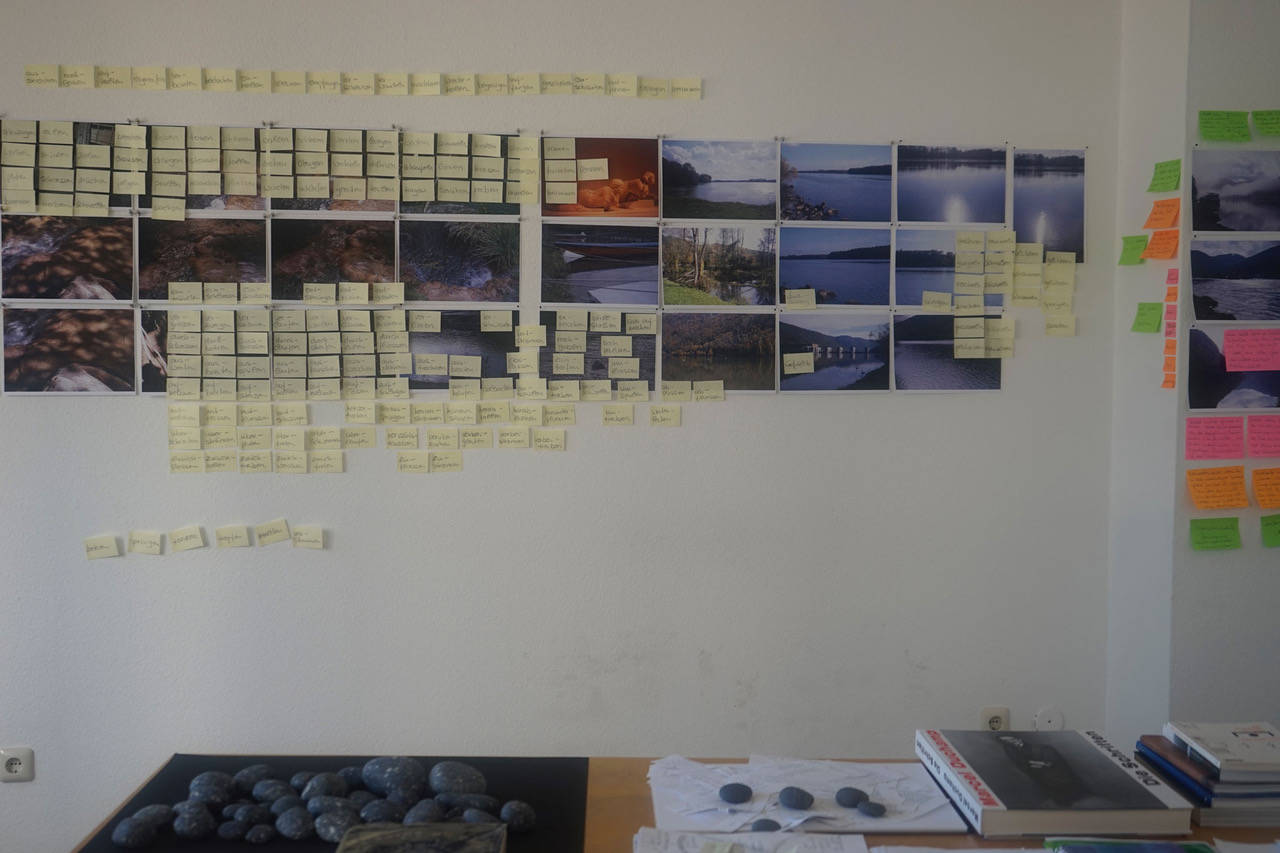
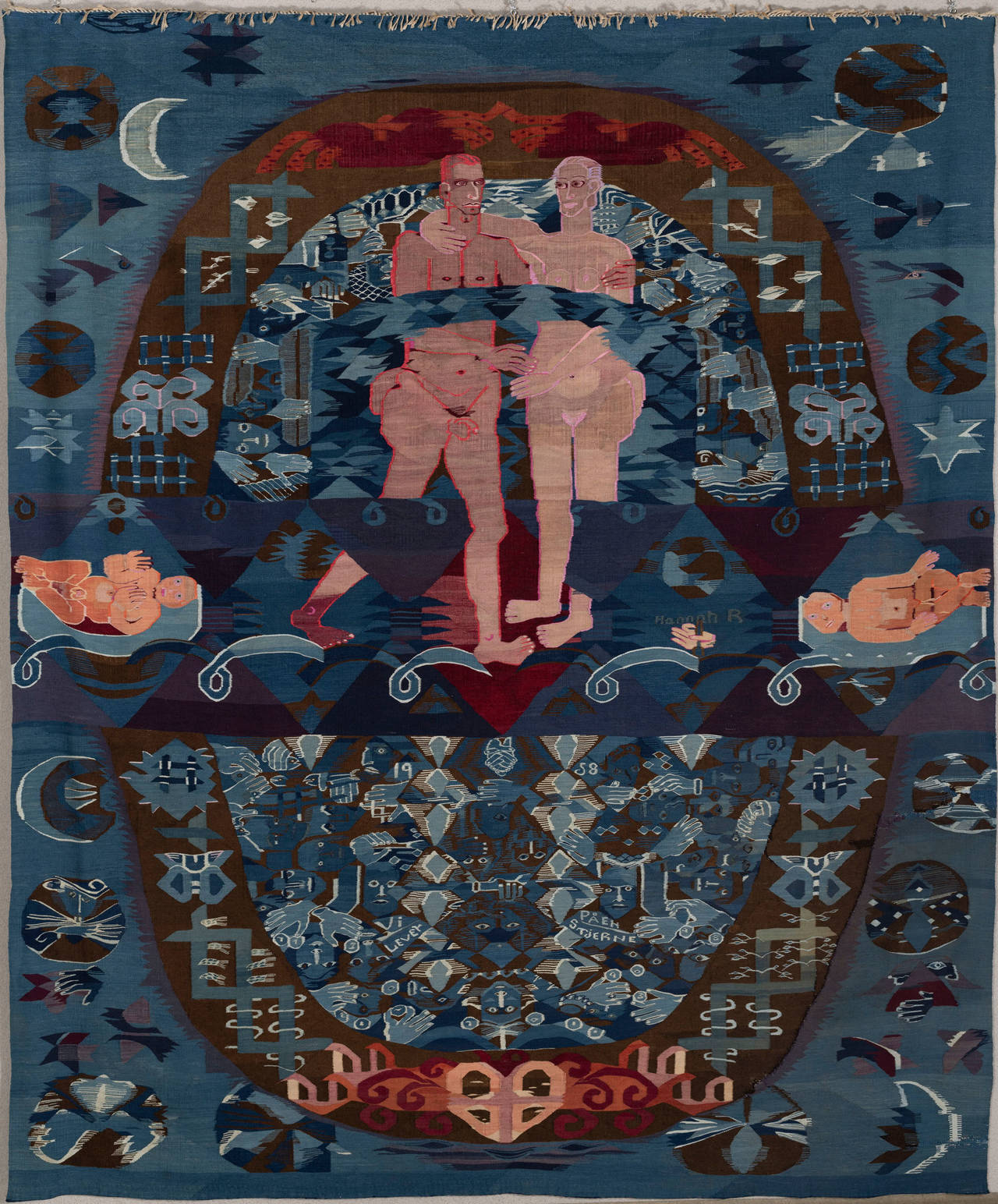
Your installations made of natural materials and works like “The River Flows” are of course very different, but in both of them we encounter the theme of constant change, a gigantic loop. This is also evident time and again in Ryggen’s work, particularly in “We Are Living on a Star”, which relates to coming into being and dissolving away.
Yes, understanding these sorts of correlations is important and is also a driver of my works. At the beginning we spoke about intensity, which is so important for these artistic processes. Part of this is undoubtedly also the fact that we try time and again to find out something about life, society, the times we are living in, and to understand this. I believe the same applies to Hannah Ryggen, for example in “Mother’s Heart” (1947) – a very intimate work at a time when people actually didn’t talk publicly about motherhood. As in many other tapestries by her, this appears to me to be an attempt not only to represent something, but also to grasp something for herself through the process of the work.









